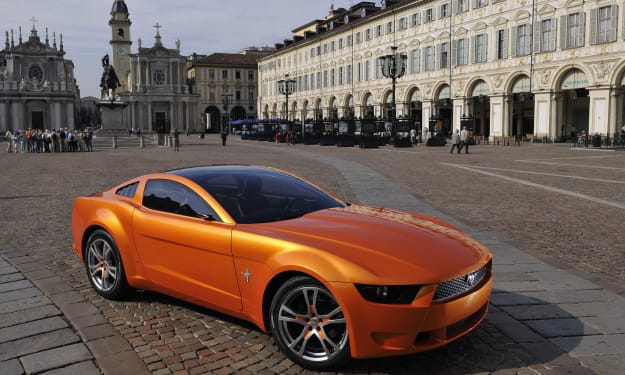
Objects in the sun (or strong lights) are bright, contrasting and colorful, giving people a pleasant, lively and lively feeling. On the other hand, the objects in cloudy, rainy, foggy and snowy days are not distinct, with small contrast and elegant colors, which often show melancholy, tranquil and implicit emotions. Photographers should be good at using these light characteristics to shoot a variety of themes. The way to use light is to combine the color, line and shape of the specific scene to produce your own ideal masterpiece.
The nature of light refers to the gathering, scattering, softness, hardness and so on of light. The characteristic of concentrated light is that it comes from an obvious direction, and the shadow is clear and thick; the characteristic of scattered light is that it comes from several directions, and the shadow is soft and blurred. The degree of softness and hardness of light depends on a number of factors. Narrow beams are usually harder than broad ones, and hard light is often more vibrant than soft light.
The color temperature of different light sources is quite different. The color temperature setting of the camera should be consistent with the color temperature of the light source. Only when the color temperature is set correctly can a normal picture be taken. The photographer needs keen vision to keep the image in the picture with objective light. However, the artistic level of image works depends on the subjectivity of consumption.
Light position refers to the position of the light source relative to the subject, that is, the direction and angle of the light. The same object will produce different shading effects under different light levels. The light position in photography can be varied, but to sum up, there are mainly positive light (forward light), side light (front side light), side light (back side light), positive and negative light (backlight).
The subject illuminated by positive light can make people feel bright, clear and highly saturated. However, because the depth and shape are represented by the arrangement of light and shadow, the positive light produces the feeling of two-dimensional space, the three-dimensional sense is poor, and there is a lack of light and dark level change.
Photo taken by Dong Yun Zhang Yun Kuan
Such as the picture "Winter Rhyme", presented in front of us is such a picture: blue sky and white clouds, white trees, white grass, make people feel bright, clear, saturated color, and full of snow charm. At that time, in order to show this cloud, I chose the front light to shoot, which just used the projection of the trees behind as the foreground, which increased the spatial sense of the picture and made up for the lack of three-dimensional sense of smooth light.
The light on the side comes from the left or right side of the front side of the subject, and the scene illuminated by the front side light has rich shades, highlighting the depth and creating a three-dimensional sense. In landscape photography, the front light can well represent the shadow tone with rich scenery, but the three-dimensional sense is relatively poor.
Photo taken by Zhang Yankuan in the morning light of the canyon
For example, with the picture "Dawn of the Canyon", it uses side light to shoot, and when adjusting the picture, I intend to darken the foreground and increase the sense of air perspective in accordance with the natural law of "near thick and far light". Pay attention to highlight the cold and warm color contrast, so that the picture tone is rich, hierarchical, strong texture.
Side lights are dramatic lighting that highlights a strong contrast between light and shade. This kind of light effect is sometimes called "texture illuminating light", so pay special attention to the role of light and shadow, which are important parts of the picture.
The light from the backlight on the side comes from the rear left or right side of the subject. It can make one side of the subject produce outline lines and separate the subject from the background, thus enhancing the three-dimensional sense and spatial sense of the picture.
Forward and backlight, also known as backlight, light from the rear of the subject, backlight can make the subject produce vivid contours, resulting in a dramatic effect. This light is called "contour light".
It can separate the subject from the background, thus making the picture have a three-dimensional sense and a sense of space. Using backlight, a dark silhouette of the subject will be produced in a bright background. this high-contrast image is simple and expressive.
The article was published on page 7 of the 15th issue of China Photography Daily in 2022.
On the other hand, twice a week
Full-color printing of 24 plates
The total amount of 100 issues in the whole year is 150 yuan





Comments
There are no comments for this story
Be the first to respond and start the conversation.